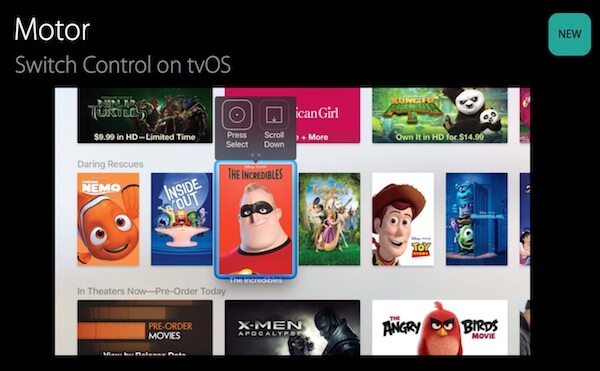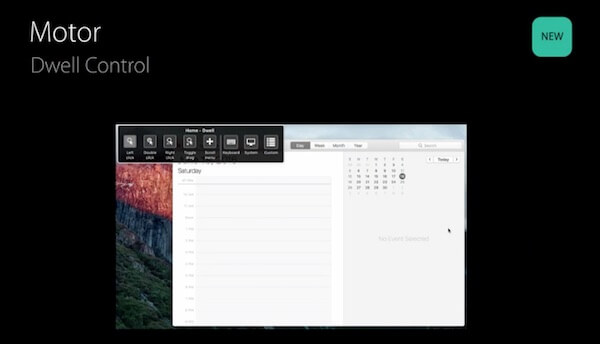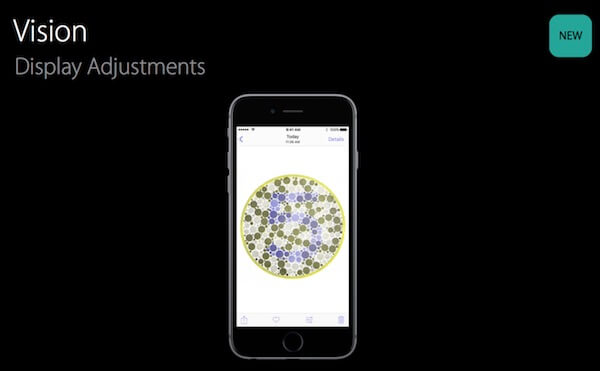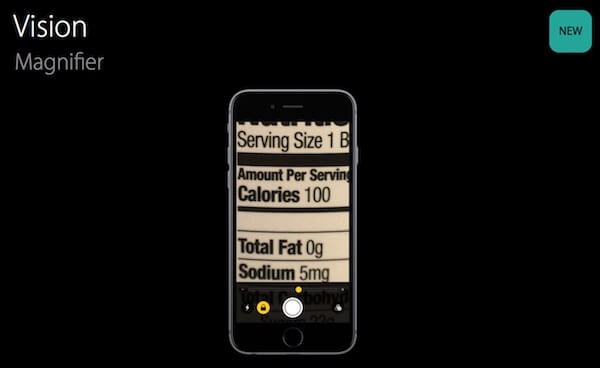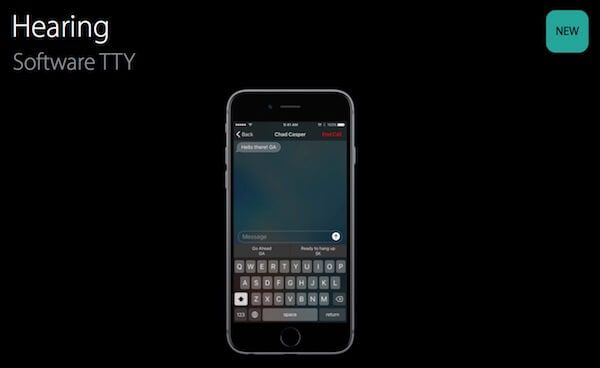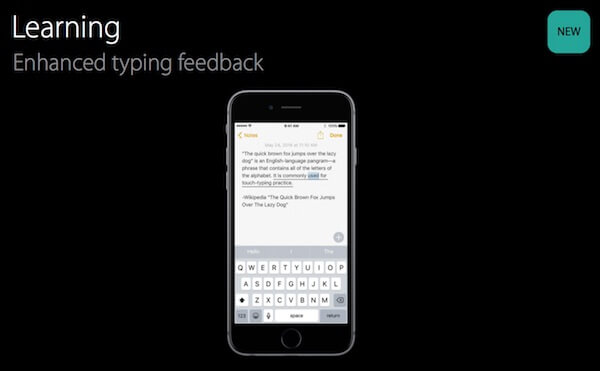The importance of customer experience (CX) in healthcare cannot be overstated. A positive CX is crucial not only for patient satisfaction but also for the overall efficiency and success of healthcare providers. One critical aspect of CX in healthcare is doctor engagement, which refers to the strategies and practices used to involve doctors in the healthcare delivery process actively.
Doctor engagement is essential for several reasons. Firstly, engaged doctors are more likely to be committed to their work, leading to better patient care and outcomes. Secondly, effective doctor engagement can improve communication and collaboration among healthcare professionals, enhancing the quality of healthcare services. Finally, engaged doctors can provide valuable insights and feedback, helping healthcare organizations to continuously improve their services and adapt to changing patient needs.
State of Doctor Engagement: Pre-Innovation Era
Traditionally, doctor engagement in healthcare was primarily focused on face-to-face interactions and personal relationships. Doctors were engaged through regular meetings, conferences, and direct communication with hospital administrators and other healthcare staff. While these methods were effective to some extent, they had several limitations.
One major limitation was the lack of scalability. As healthcare organizations grew and the number of doctors increased, it became challenging to maintain the same level of personal engagement with each doctor. Additionally, traditional engagement methods were often time-consuming and resource-intensive, making them unsustainable in the long term.
Another limitation was the lack of data-driven insights. Traditional engagement practices relied heavily on anecdotal evidence and personal experiences, which did not always provide a complete or accurate picture of doctor engagement levels. This made it difficult for healthcare organizations to measure the effectiveness of their engagement strategies and identify areas for improvement.
Furthermore, the pre-innovation era of doctor engagement often lacked customization and flexibility. Engagement strategies were typically one-size-fits-all, failing to account for the diverse needs and preferences of individual doctors. This lack of personalization could lead to disengagement among doctors who felt that their unique contributions and perspectives were not being valued.
Emerging Problems and the Need for Innovation
As the healthcare industry continued to evolve, several emerging problems highlighted the need for innovation in doctor engagement strategies. One significant issue was the increasing complexity of healthcare delivery. With advancements in medical technology and the growing diversity of patient needs, doctors were required to navigate more complex treatment options and care protocols. Traditional engagement methods often fell short in providing the support and resources needed to manage this complexity effectively.
Another problem was the rising demand for healthcare services, fueled by factors such as an aging population and the prevalence of chronic diseases. This increased demand put pressure on doctors, leading to burnout and dissatisfaction. Without effective engagement strategies, healthcare organizations struggle to retain skilled doctors and maintain high levels of patient care.
The digital transformation of healthcare also posed challenges for doctor engagement. The adoption of electronic health records (EHRs), telemedicine, and other digital tools required doctors to adapt to new ways of working. However, the lack of proper training and support for these digital tools often led to frustration and resistance among doctors, hindering their engagement.
Moreover, the shift towards value-based care, which focuses on patient outcomes rather than the volume of services provided, required a more collaborative approach to healthcare. Traditional doctor engagement methods were not always conducive to fostering teamwork and shared decision-making, making it difficult to align doctors with the goals of value-based care.
These emerging problems underscored the need for innovative solutions that could address the changing dynamics of healthcare delivery and support effective doctor engagement in the modern era.
In response to these challenges, a range of innovative solutions emerged to transform doctor engagement in healthcare. One key innovation was the development of digital platforms and tools designed specifically for doctor engagement. These platforms provided a centralized hub for communication, collaboration, and access to resources, making it easier for doctors to connect with their peers and stay informed about the latest developments in their field.
Another significant innovation was the use of data analytics and artificial intelligence (AI) in doctor engagement. By analyzing data on doctor behavior, preferences, and performance, healthcare organizations could gain insights into what drives doctor engagement and tailor their strategies accordingly. AI-powered tools could also help identify patterns and trends in doctor engagement, enabling proactive interventions to prevent disengagement.
Gamification techniques were also applied to doctor engagement, leveraging the principles of game design to make engagement activities more interactive and rewarding. For example, doctors could earn points or badges for participating in training sessions, contributing to research, or achieving certain performance metrics. This approach helped to motivate doctors and make engagement more enjoyable.
In addition, there was a growing emphasis on personalized engagement strategies that recognized the individual needs and preferences of doctors. Personalized communication, tailored training programs, and flexible engagement options allowed doctors to engage in ways that suited their unique circumstances and preferences.
These innovative solutions represented a significant shift in how healthcare organizations approached doctor engagement. By leveraging technology, data, and personalization, they could create more effective and sustainable engagement strategies that address the challenges of modern healthcare delivery.
To illustrate the impact of these innovative solutions, let’s examine some case studies of healthcare organizations that have successfully implemented new doctor engagement strategies:
Digital Collaboration Platform
A large hospital system introduced a digital collaboration platform for its doctors. This platform allowed physicians to easily communicate with each other, share knowledge, and access patient information securely. As a result, the hospital saw improved coordination among doctors, leading to better patient outcomes and increased doctor satisfaction. A real-world example can be given of Connect2Clinic, a doctors’ portal developed by Mantra Labs for Alkem Labs. The solution allows doctors to manage their patients efficiently with lots of handy features and effectively run operations. It is a complete clinic management solution.
AI-Driven Feedback Tool
Another healthcare provider implemented an AI-driven tool that collected and analyzed feedback from doctors in real time. This tool helped identify areas for improvement in hospital operations and doctor support services. By addressing these issues promptly, the healthcare provider was able to enhance doctor engagement and reduce turnover rates.
Personalized Learning Programs
A specialty clinic developed personalized learning programs for its doctors, offering courses and resources tailored to their interests and career goals. This approach led to higher participation rates in training programs and a more engaged medical staff who felt valued and supported in their professional development.
Challenges and Considerations in Implementing Innovations
While innovative solutions for doctor engagement offer numerous benefits, healthcare organizations may encounter challenges in their implementation. Here are some key considerations:
- Resistance to Change: Doctors, like any other professionals, may resist new technologies or processes. Addressing concerns, providing adequate training, and demonstrating the value of innovations are crucial steps in overcoming resistance.
- Integration with Existing Systems: New engagement tools must seamlessly integrate with existing healthcare systems, such as EHRs, to avoid disruption and ensure smooth operation.
- Data Privacy and Security: With the increased use of digital platforms, protecting patient and doctor data is paramount. Healthcare organizations must adhere to strict data privacy regulations and ensure robust security measures are in place.
- Cost and Resource Allocation: Implementing new technologies can be costly. Organizations must carefully plan their budgets and resources to support the adoption of innovative engagement strategies.
- Measuring Impact: It’s essential to have metrics in place to evaluate the effectiveness of engagement initiatives. Regular monitoring and adjustment of strategies based on data are necessary for long-term success.
Future of Doctor Engagement in Healthcare
Looking ahead, the future of doctor engagement in healthcare is likely to be shaped by ongoing technological advancements and evolving healthcare needs. Here are some potential trends:
- Increased Use of Telemedicine: The COVID-19 pandemic has accelerated the adoption of telemedicine. This trend is expected to continue, offering new opportunities for engaging doctors remotely.
- Personalized Engagement Platforms: As technology advances, we can expect more sophisticated platforms that offer personalized engagement experiences for doctors, tailored to their individual needs and preferences.
- Collaborative Healthcare Ecosystems: The future may see more integrated and collaborative healthcare ecosystems, where doctors, patients, and other stakeholders are closely connected through digital platforms, enhancing engagement and communication.
- Focus on Well-being: With growing awareness of doctor burnout, future engagement strategies may place a greater emphasis on supporting doctors’ well-being and work-life balance.
- Leveraging AI and Machine Learning: These technologies will continue to play a significant role in analyzing engagement data, predicting trends, and providing insights for improving doctor engagement strategies.
As healthcare continues to evolve, staying ahead of these trends and adapting engagement strategies accordingly will be crucial for healthcare organizations seeking to foster a highly engaged and motivated medical workforce.
Doctor engagement is a critical component of delivering high-quality healthcare. As the healthcare landscape evolves, so too must the strategies for engaging doctors. The innovations discussed in this blog, from digital collaboration platforms to personalized learning programs, offer promising solutions to the challenges of doctor engagement in the modern era.
The success stories and data presented highlight the tangible benefits of these innovative strategies, including improved patient outcomes, increased doctor satisfaction, and enhanced operational efficiency. However, healthcare organizations must navigate challenges such as resistance to change, data privacy concerns, and the integration of new technologies with existing systems.








